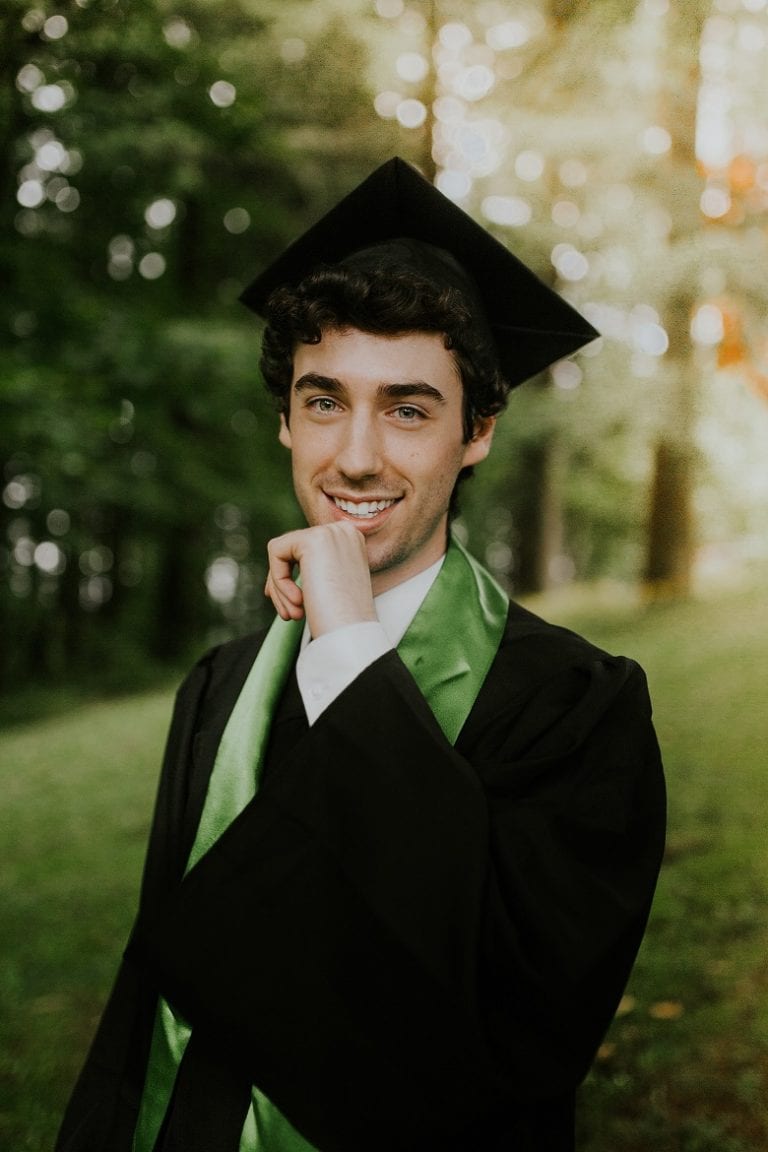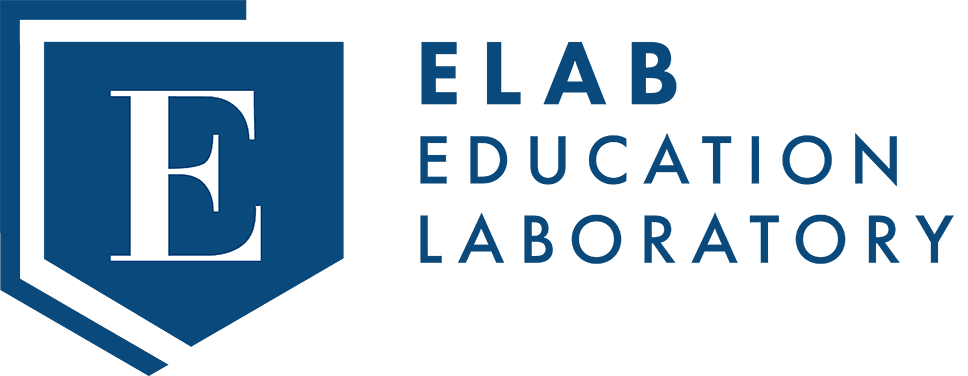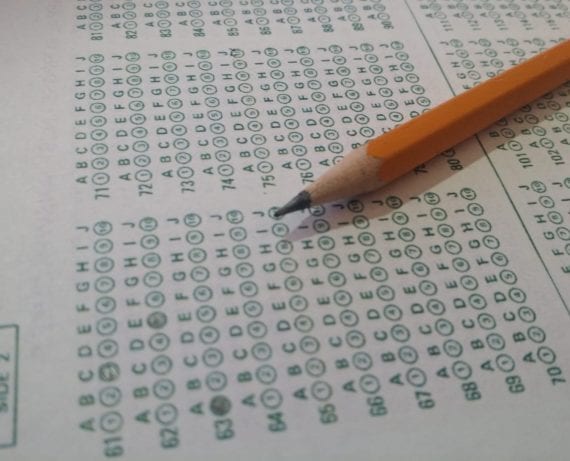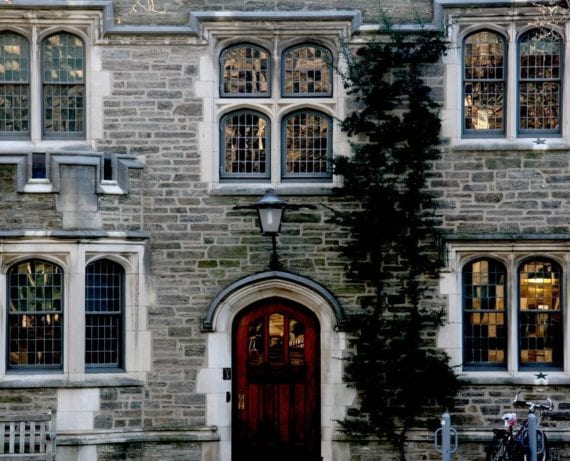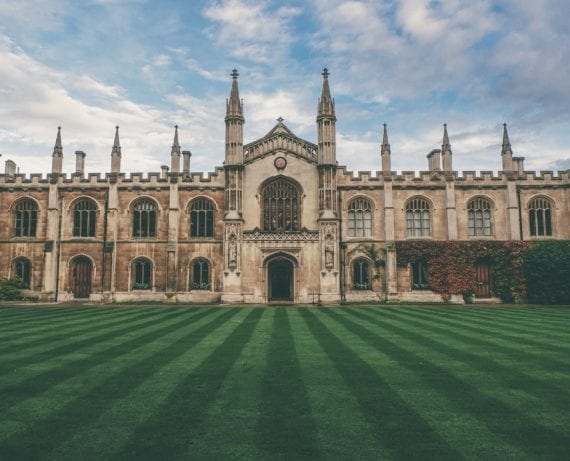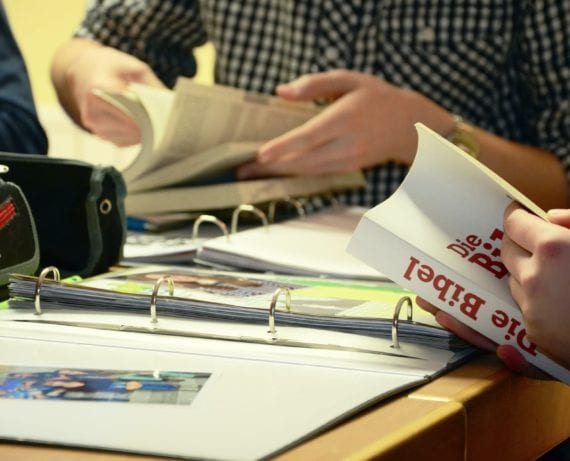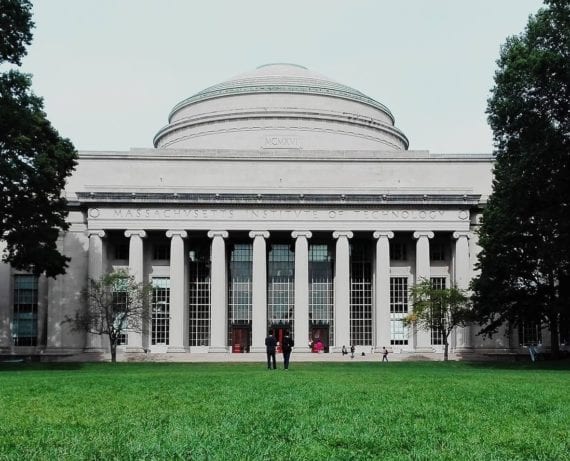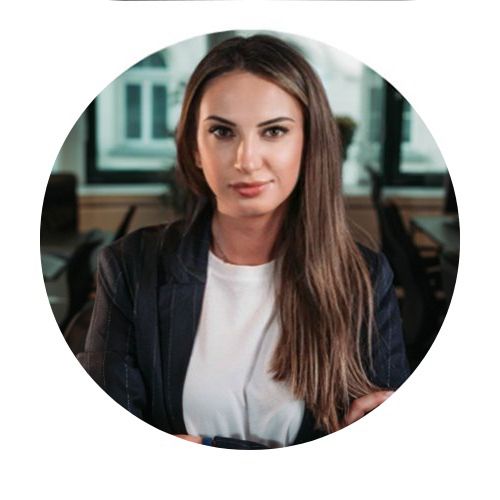How to get into Brown University
How to get into Brown University – an overview
Brown University is located in Providence, Rhode Island, Brown University is a private research Ivy League university, established in 1764. Providence is the state capital and situated some 45 miles from Boston. It has a population of 195,000, and a reputation for having the highest number of restaurants per head in the US, and an enduring love affair with coffee which has led to Providence boasting the largest number of coffee and doughnut shops per capita in the country.
Brown University students no doubt contribute to this statistic. It is also well known for being home to the world’s largest artificial insect – the Big Blue Bug – and the Water Fire art installation- devised by a Brown University graduate – which consists of 100 bonfires that burn above the surface of the city’s three rivers, accompanied by music.
If you enjoy slightly more unusual leisure activities, you could go on a farm scavenger hunt, join the Providence ghost tour, or rent a kayak and go whale watching. Providence is an ideal Ivy League location.
It has all the charm of a small town with the amenities of a big city and Brown University students are part of the community, actively volunteering in public schools, becoming involved in local start-ups and entrepreneurial initiatives, and signing up for local internships.
Community is important to Brown University, and you need to bear this in mind when drafting your supplemental essays!


Most common asked questions:


Brown University - what is important
Brown University values creativity, curiosity, and openness and, unlike other Ivy League universities, do NOT expect its students to follow a Core Curriculum. Instead, Brown University is renowned for its Open Curriculum, where students decide what they wish to learn and in what kind of combination.
As a result, Brown University does not have majors, but offers 80 “concentration” paths, which are a main area of study and eventually lead to a bachelor’s degree in either arts or sciences. To give you an idea of what these concentrations look like, here is a sample:
- Archaeology and the Ancient World
- Applied Mathematics-Economics
- Business, Entrepreneurship and Organisations
- Chemical Physics
- History, Literature and Culture
- Physics and Philosophy
- Theatre Arts and Performance studies
How to get into Brown University -the Open Curriculum
Grading:
Education at Brown is student-centred, and this is also true of the grading system, where students can choose between being awarded Satisfactory/No Credit or having their work allocated a letter grade, A, B, or C. This is intended to encourage students to be brave and innovative in their open curriculum choices. Brown does not award GPAs or record any failed grades. In order to gain a degree, Brown undergraduates have to pass a minimum of 30 courses with an A, B, C, or an S. Students can take from three to five courses every term, to test their interests and discover new fields, but by the end of the fourth term, they have to declare which concentration they have decided to take.


The Brown University philosophy:
At Brown University is the flexibility of the Open Curriculum means that you could be a pre-med student and still learn Spanish, mediaeval culture and performing arts. In addition, since there are no mandatory courses involved, students who dislike certain subjects can simply avoid them – which is not the case with the Core Curriculum found in many Ivy League universities. Brown states that its mission is to make students “the architects of their own education” – and it gives them the freedom to make this possible.


How to get into Brown University - the Admission Rate:
Brown University approach to education attracts a great many applicants and its overall acceptance rate rarely rises above 5.4 percent, while students who wish to take a double degree, in collaboration with the Rhode Island School of Design, (Brown-RISD), will be faced with a low 2 percent acceptance hurdle to overcome.
In addition, to take the double degree, applicants have to be accepted by both universities, individually, and only then is their application passed on to the joint committee, who have the final say in whether or not you will be offered a place. Students who wish to undertake the eight-year course, Program in Liberal Medical Education, will discover that this extremely popular, prestigious, and highly-rated course has a low 3.6 per cent acceptance rate.
Like every Ivy League university, Brown is over-subscribed, and it is essential to ensure that your application stands out from what is a very big crowd.


How to get into Brown University: The application process
Brown University accepts the Common App and if you opt for Early Decision, you must submit your paperwork by 1 November, while candidates for Regular Decision need to observe the 5 January deadline. If you intend to apply for financial aid, this has to be done at the same time as the main application. Brown does not offer loans, but grants which you do not need to repay, however these are not open to international students, who can, however, apply for scholarships.
Brown University is, therefore, need-aware when it comes to non-US citizens, and while the university declares that all applicants can ask for aid, they also point out that funds are limited.
You will need to provide a range of documents, including:
- An IELTS certificate of 8 or above or a TOEFL certificate of 100+
- A mid-term report
- Academic recommendations
- Your final school report
- A $75 application fee
Since Brown University prides itself on its holistic approach to admissions, having good grades gained by taking advanced classes and a high GPA is only part of the picture. And this is why the Brown Member section, or supplement, is extremely important since it provides you with an opportunity to address the application committee and argue your case for being offered a place at this excellent Ivy League university.
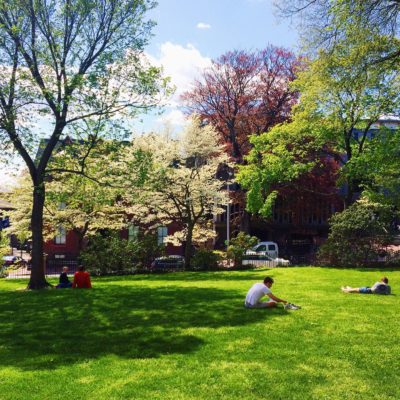

Brown University provides unrivalled possibilities to shape your own curriculum, follow your interests, satisfy your curiosity, and gain an outstanding liberal arts education.
Elab is here to help. We run an Ivy League program and our experienced US consultants will guide you through the application process, make sure your documents are submitted on time, and provide you with information on scholarships, visas, costs, accommodation, and courses.
The Brown University Supplement
Brown University’s supplement is made up of three shortish essays (mandatory) and an optional essay, the first in the list of prompts.
Typically, while the wording may differ from year to year, Brown will ask you:
- A) to explain why you have decided to study a specific course at this university
- B) to provide an account of something which has challenged you in the past and to describe how you responded and what you learned from the experience
- C) to state what brings you joy in life.
Brown University has three topics focus on your academic interests; your interpersonal relationships and how you function in a community; your personality and what drives and motivates you. In the process, the admissions board will set out to sum up your knowledge and potential, what you can offer Brown University as a community, and the type of student you are likely to become.
These three questions formed part of the 2021 Brown Supplement:
Brown’s Open Curriculum allows students to explore broadly while also diving deeply into their academic pursuits. Tell us about an academic interest (or interests) that excites you, and how you might use the Open Curriculum to pursue it. (250 words).
Brown’s culture fosters a community in which students challenge the ideas of others and have their ideas challenged in return, promoting a deeper and clearer understanding of the complex issues confronting society. This active engagement in dialogue is as present outside the classroom as it is in academic spaces. Tell us about a time you were challenged by a perspective that differed from your own. How did you respond? (200-250 words)
Brown students care deeply about their work and the world around them. Students find contentment, satisfaction, and meaning in daily interactions and major discoveries. Whether big or small, mundane, or spectacular, tell us about something that brings you joy. (200-250 words)
TIPS:
- Make sure you know what the Brown Open Curriculum offers and tie in your academic goals with the many possibilities inherent in creating your own course of study and integrating various overlapping topics.
- Avoid cliches. Do not talk about prestige or rankings, being “deeply interested” in a particular subject or waste words stating the obvious -for example, Brown is an outstanding university. The admission board are fully aware of what they offer, and flattery will get you nowhere.
- Be clear and precise. “Loving Victorian literature” is far less impressive than “analysing how literature mirrors art in the middle of the 19th century” or “charting the demise of rural life through Victorian novels pre-1901”.
- Make sure your essay does not cast you as a hero. Do not be condescending or arrogant, but simply describe a situation or an issue, how it was resolved and what you learned from the experience.
- Look to the question for clues. You may be asked about diversity or inclusion. If so, make sure that your answer addresses whatever terms you are given to discuss. Try and find an authentic memory, since this will make your essay far more convincing.
- Be reflective. Create a balanced conclusion and connect your statements to how you will act in the future, should you be challenged while studying at Brown.
- Avoid any form of “ism”. Do not talk about being homophobic, sexist, racist, anti-Albanian or anti-Catholic etc., and then suddenly seeing the light. This will not reflect well on you.
- Do not lose sight of the fact that you are writing a university application and spin off on a tangent. If you want to reminisce about drawing water from a well on your grandmother’s smallholding, then elevate the subject and talk about other communities where water is scarce, and if possible, connect the theme to your study objectives.
- Joy is not simply a reaction to beauty or excitement. You may find joy in many, many experiences: learning how to upcycle clothes and furniture to move away from consumerism and the disposable society you live in; capturing the perfect photograph after hours in a hide; discovering that your voluntary work has produced a result, and your adult learner has written their first sentence. Be truthful. Do not search for amazing or unusual stories and create a false voice. Admissions tutors read thousands of essays and they will immediately sense if you are trying to impress and not writing from the heart.
Elab's USA Programmes
Applicants to the Program in Liberal Medical Education (PLME) will have to do another three essays
These are typical examples of what you might expect to be asked:
Committing to a future career as a physician while in high school requires careful consideration and self-reflection. What values and experiences have led you to believe that becoming a doctor in medicine is the right fit for you? (250-word limit)
Most people describe a career as a physician/doctor as a "profession", beyond a job. Describe for us what "professionalism" and "the profession of a physician/doctor" mean to you. (250-word limit)
How do you envision the Program in Liberal Medical Education (PLME) helping you to meet your academic, personal, and professional goals as a person and as a physician of the future? (500-word limit).
TIPS:
Medicine is a science and a process of enquiry, and this is as important as the standard “I want to stop suffering” response. If you do wish to elaborate on this theme, be practical – cite issues you wish to address and how you believe answers and solutions can be reached – and refer to your first-hand experiences.
To jest nagłówek
Ethics and values are at the heart of medical practice and evidence-based, patient-centred care guide the actions and perspectives of physicians. Ensure that you consider these factors and that they shape your responses to the questions.
Be authentic and specific. Make sure that you have researched the PLME program in great detail and can refer to it, in relation to your own experiences, aspirations and goals.
Pre-med students can craft an educational path which links medicine to many other fields. You might want to study AI, because of the growing connection between technology and medicine; you might want to study a language in order to communicate with a marginal group more effectively; you could opt to take a course in Medicine and Public Health in Africa, along with a range of courses on developing countries and their social and economic issues. The Open Curriculum allows students to become future doctors as well as well-rounded individuals, and you need to emphasise how your personal aims enrich your professional competencies.
Applicants to the Brown University | RISD Dual Degree Program need to write one additional essay:
The Brown-Rhode Island School of Design dual degree program is difficult to get into and you need to establish that it is necessary for you to get both degrees if you are to meet your academic goals. For example, you may want to study sculpture at RISD, and in order to have a strong understanding of ancient concepts of form and beauty, you want to study Ancient Greek at Brown. Similarly, a furniture course at RISD will be complemented by taking a degree in applied mathematics at Brown, and there is a case to be made for studying biology if you wish to do a degree in industrial design. You are allowed 650 words to state why this is the ideal path for you. The MADE program was recently introduced, integrating Brown University course in engineering and RISD’s course in industrial design – a marriage made in heaven. Your choices may not be so clearly linked, so it is up to you to argue that they can be integrated to good effect.
How to get into Brown University: the most popular concentrations:
- Computer science
- econometrics and quantitative economics
- applied maths
- archaeology
- biology/biomedical sciences
- engineering
- literary arts
- politics
- public policy
- education studies
How to get into Brown University: fees
60,944$
10,000$
6,300$
6,000$
$83,000
How to get into Brown University- a summary and the next step
Brown University provides unrivalled possibilities to shape your own curriculum, follow your interests, satisfy your curiosity, and gain an outstanding liberal arts education. Brown is a popular Ivy League university with a low acceptance rate, so you need to start preparing your application in good time and concentrate on ensuring your Supplement essays mirror who you are and demonstrate your potential and unique talents. High GPA and amazing school grades are not enough, since everyone who applies to Brown is academically gifted. Strong, authentic essays are the key to acceptance. Needless to say, each essay has to be grammatically correct, lucid, well-structured, and correctly punctuated.
Elab is here to help. We run an Ivy League program and our experienced US consultants will guide you through the application process, make sure your documents are submitted on time, and provide you with information on scholarships, visas, costs, accommodation, and courses. Drop us an email or call us and Elab will collaborate with you to maximise your chances of gaining a place at Brown University and prepare you for the adventure of a lifetime -studying at Brown University in Providence, Rhode Island.
What do you think about Elab?
I had trouble choosing the right university and direction until I turned to ELAB for help. Together we went through the application process, the first choice university was the University of Surrey, the second - Durham University. I got to my dream university, where I'm on my way to get a diploma with honors in biological sciences and win the title of captain of the University of Surrey tennis team! I met many amazing people and made friends with students from all over the world. I am immensely grateful to ELAB for helping me through every stage of the application – from determining what course is perfect for me, to mentally preparing me to start studying abroad.


Elab has definitely helped me choose my career path and the university that will give me the most prospects for the future. Through my interview with my consultant and university mentors, I know what I need to do and work on to achieve my goal. I feel that with Elab, I am more prepared than others to start a new stage in my life, which is to go to college. I've recommended Elab to a few people before, and I'm sure I'll do it many more times.


I met Elab on the instructions of my friend, who also studied abroad. He helped me in choosing a direction and university, writing and checking my "personal statement" and completing my loan application. In addition, I have contacted consultants on a number of times if possible.
From the very beginning, I remember my adventure with the studios wonderfully, seriously! From the beginning I found very kind people, immediately met friends - the closest contact I have with roommates but at university I also found a group of friends.
With my hand on my heart, I admit that going to Wales was the best decision I made myself!


I started my cooperation with ELAB on holiday. I didn't know at the time where to start applying to study abroad, but most of all I had no idea where or in what direction to apply. Thanks to a series of tests and meetings with professionals, I was able to choose the right direction and fit for me. The universities I chose with the help of a Consultant met all my expectations, and the whole application system for them became much clearer. With ELAB, I was able to focus on learning and providing the documents required by universities. As a result, I received offers from all the universities I applied for, including the University of Warwick, The University of Manchaster and Utrecht University.


